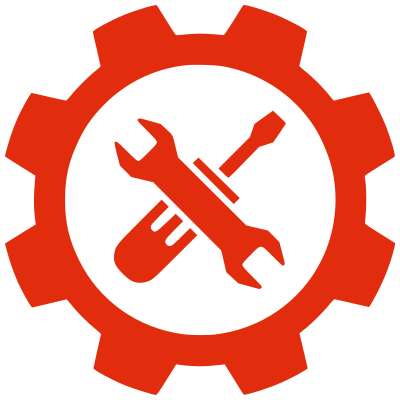I am building some simple “pallets” out of 4x4 lumber to ship some machines.
The plan is to screw the feet of the machines to the top of 8 foot long 4x4s, and then to screw shorter 4x4s, probably about 4 feet, to the top of them as crossbars to move the machines with pallet jacks. Basically, I’d have a rectangle 8 feet long by 4 feet wide with the weight being supported from above by the crossbars. I’m not sure how much the machines weigh, but as a guesstimate, I’d put them at about 600 lbs each.
My question is what type and length of screws should I be using for this? I may double up on the cross bars if it doesn’t feel strong enough to safely carry the weight. Given I’m using 4x4s, I’ll have about 7" of wood to work with, I imagine 6 inches would be a minimum length, but I don’t know if I need some thicker screws, in which case I might need to drill some pilot holes.
Thanks for the help
Instead of using screws, I’d drill holes and use lag/carriage bolts. They’re much stronger and you can easily get ones long enough to go all the way through
Yeah you’ll break the wood before having issues with the bolts.
Maybe even some threaded rod with nuts and washers at each end.
4x4 might be more trouble/overkill and money than it’s worth for something that only weighs 600lbs? I think you’d be able to get by with 2x4s (+plywood?)and some deck screwed.
This right here. If you have any doubts, go look at a regular wood pallet. Those things can handle thousands of pounds. Some 2x4s and some 3 inch deck screws will do just fine with 600lbs.
Switch to 2x4, make sure the ones on the bottom (known as ‘runners’) are standing on edge. Then use 3" coarse thread screws to attach the slats. We build them like that at my workplace to ship and store drums of material that are 1600 - 8000 lbs per pallet. So unless your machines are more then 2000lbs per square foot, you should be fine. The important part is to mark the center of gravity, NOT the center of the machine. As long as the pallet is lifted at CoG, it should move around just fine.
I get that 4x4 might be overkill, but the feet on these machines are 3.5" wide, so I can’t realistically put them on the narrow end of a 2x4. I’m also ok with overkill since I’m shipping 4 machines worth at least 100k each.
I also can’t lift the pallet width-wise since it needs to get through a door that is exactly 8 feet wide. We’ll be moving it slowly with two jacks, or a jack and some kind of dolly for the other end.
I’m not paying for it, so I don’t care about the cost. I’m trying to get the simplest solution. If I do it with 2x4, then I need cross bars under the feet, and I need to attach the bottoms as well, and I need a lot more measuring and cutting to get the job done.
I see why you choose that method then. I only need to build for forklifts going through large bay doors, so I’m afraid I can’t give good advice for the constraints you have.
A 4x4 feels like overkill, but personally, I’d go with lag bolts. The issue with screws is that, while they won’t pull out easily, they’re still prone to snapping due to their hardness - so their ability to handle side load is weaker compared to something like nails, which will bend rather than break. With lag bolts, though, that’s not much of an issue because of their thickness.
Whenever we’ve had heavy stuff delivered to job sites on pallets, it’s always been secured with lag bolts and washers. And yes - you’ll need a pilot hole, sized to the diameter of the bolt’s core (the inside of the threads).
I know it’s overkill, but it’s for specific dimensions, so I’m trying to find the simplest solution. I may go for 2x4 for the cross bars, it’s probably fine, and I can double up on them if feel the need for more strength.
The only 8 foot pallets I ever see are made to be lifted from the long end, and they can’t take a jack under the short end. Otherwise, that would be simpler, and I would just need to line something up under the feet to make sure they’re sully supported.
You’re over thinking this. For only 600 pounds, you can just use a regular pallet. Just strap it down with steel strapping, you’ll be good.


